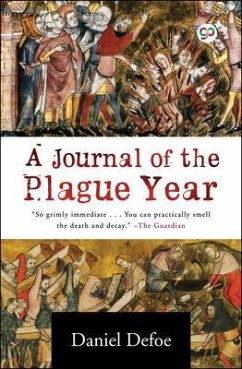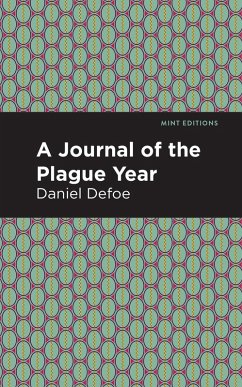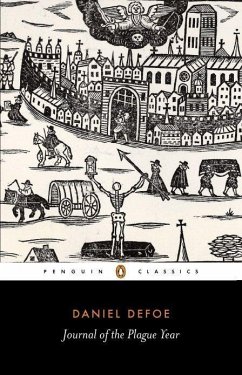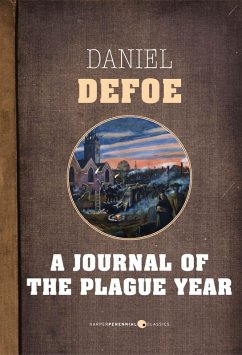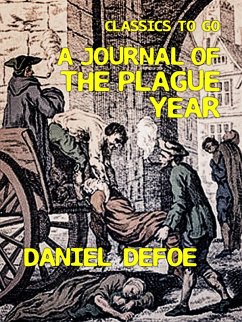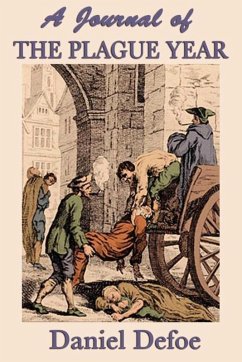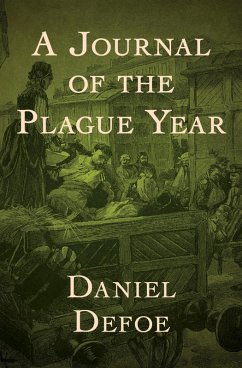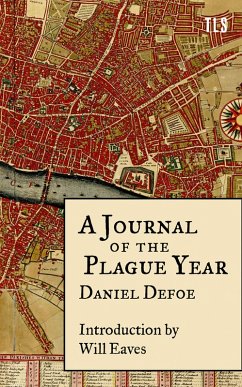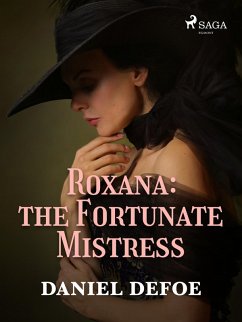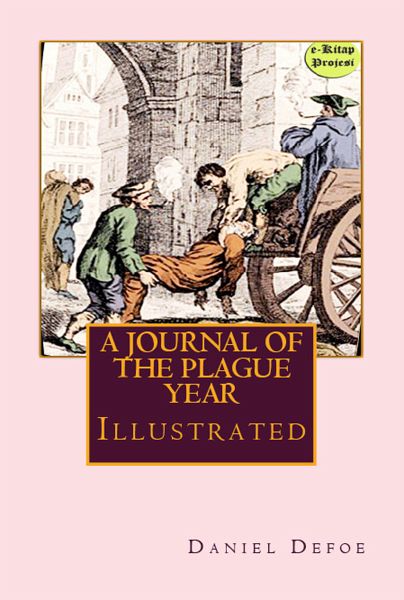
A Journal of the Plague Year (eBook, ePUB)
"Illustrated"
Illustrator: Ukray, Murat

PAYBACK Punkte
0 °P sammeln!
This is the Illustrated version of the "A Journal of the Plague Year", A work that is often read as if it were non-fiction is his account of the Great Plague of London in 1665: A Journal of the Plague Year, a complex historical novel published in 1722.Bring out your dead! The ceaseless chant of doom echoed through a city of emptied streets and filled grave pits. For this was London in the year of 1665, the Year of the Great Plague....In 1721, when the Black Death again threatened the European Continent, Daniel Defoe wrote "A Journal of the Plague Year" to alert an indifferent populace to the h...
This is the Illustrated version of the "A Journal of the Plague Year", A work that is often read as if it were non-fiction is his account of the Great Plague of London in 1665: A Journal of the Plague Year, a complex historical novel published in 1722.Bring out your dead! The ceaseless chant of doom echoed through a city of emptied streets and filled grave pits. For this was London in the year of 1665, the Year of the Great Plague....In 1721, when the Black Death again threatened the European Continent, Daniel Defoe wrote "A Journal of the Plague Year" to alert an indifferent populace to the horror that was almost upon them. Through the eyes of a saddler who had chosen to remain while multitudes fled, the master realist vividly depicted a plague-stricken city. He re-enacted the terror of a helpless people caught in a tragedy they could not comprehend: the weak preying on the dying, the strong administering to the sick, the sinful orgies of the cynical, the quiet faith of the pious. With dramatic insight he captured for all time the death throes of a great city.In this Illustrated book, Noted all of Defoe's pamphlet writing was political. One pamphlet (originally published anonymously) entitled "A True Relation of the Apparition of One Mrs. Veal the Next Day after her Death to One Mrs. Bargrave at Canterbury the 8th of September, 1705," deals with interaction between the spiritual realm and the physical realm. It was most likely written in support of Charles Drelincourt's The Christian Defense against the Fears of Death (1651). It describes Mrs. Bargrave's encounter with an old friend Mrs. Veal, after she had died. It is clear from this piece and other writings, that while the political portion of Defoe's life was fairly dominant, it was by no means the only aspect:"Wherever God erects a house of prayerthe Devil always builds a chapel there;And 't will be found, upon examination,the latter has the largest congregation." Defoe's The True-Born Englishman, 1701Copyright & Illustrated by e-Kitap Projesi
Dieser Download kann aus rechtlichen Gründen nur mit Rechnungsadresse in A, B, BG, CY, CZ, D, DK, EW, E, FIN, F, GR, H, IRL, I, LT, L, LR, M, NL, PL, P, R, S, SLO, SK ausgeliefert werden.





